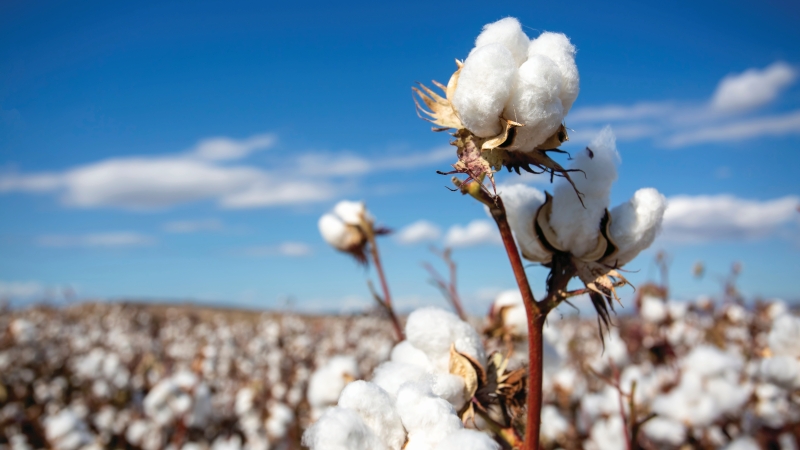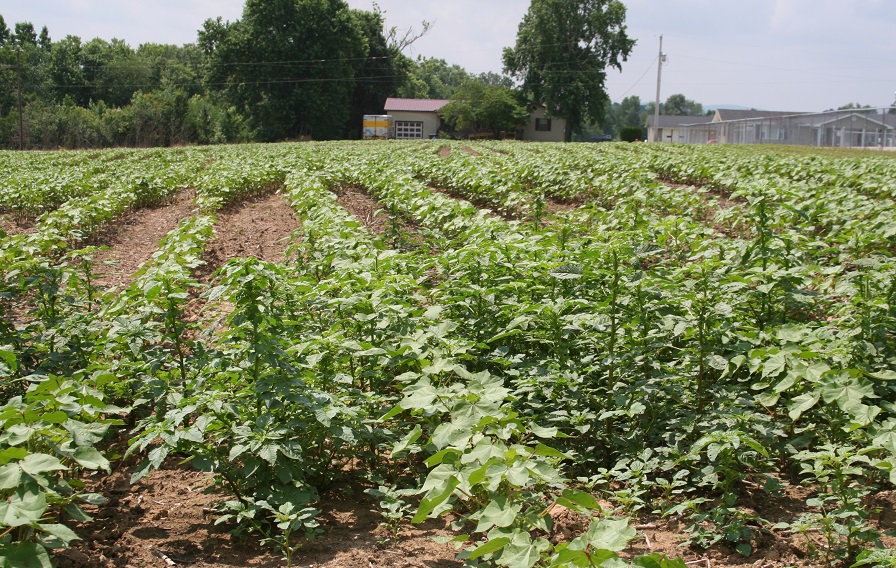Egyptian Cotton – A Vision For The Future
Egyptian cotton occupies the most superior position among long and extra-long staple cottons in the world for its distinguished technological and spinning properties.
Achieving that superior quality resulted from the great efforts of Ministry of Agriculture and research institutes, Cotton Research Institute in particular, for developing varieties with high quality properties especially in staple length, fineness, strength, maturity and other properties.
Egyptian cotton has faced some variables and challenges that have influenced it in recent years, particularly market fundamentals (supply/demand) and their impact on price movement, besides some domestic factors like increasing input prices and the competitiveness from other crops that affect cotton area and eventually lint cotton production.
Also the influence of U.S. subsidies to Pima Cotton (ELS Competitiveness Payment Program) has an impact on Egyptian cotton competitiveness and demand in the global market. On the other hand, there are some countries like China and India that have recently started to produce LS and ELS cottons, which increases competition as well.
The tremendous progress in spinning and weaving technology has increased the ability to use lower quality cottons and decreased the demand on high quality ELS cotton. Though these factors may affect the demand for Egyptian cotton in the near term, the global demand for Egyptian cotton will grow in the coming years for its marked high quality specifications.
Research and Development
There are many measures taken by the Egyptian government, represented by research institutes, that increase Egyptian cotton’s quality and value in the global marketplace. The Cotton Research Institute continues to develop new varieties which are disease and pest resistant and also produce high yields that will cover the high costs of production, increase producer profitability, and at the same time meet the needs of local spinning mills at a competing price to the imported cotton. These developed LS and ELS varieties can meet the export requirements of the international cotton market to be a strong competitor to cottons of the same category.
Moreover, Cotton Arbitration and Testing General Organization (CATGO) plays an active role through its oversight and supervising role at all cotton preparation and handling stages, classing cotton sack by sack, excluding those that contain mixed cotton or sewed by synthetic fibers in the context of protecting the cotton from mixing, contamination and degradation. CATGO also strengthens the control over the seed that will be used for planting so as not to be mixed with the seed that will be used for extracting oil.
CATGO oversees the technical supervision, control and follow-up of all seed-cotton during ginning and baling to maintain grade and physical properties that fulfill the requirements of local and foreign spinners. CATGO draws samples from all lint cotton lots to be tested by HVI at its labs and issues certificates that indicate quality properties.
CATGO applies arbitration on lint cotton at Mint El-Bassal Cotton Exchange and releases an authorized certificate for each lot that includes variety and grade.
The moisture testing lab of CATGO is equipped with the most modern ovens for determining the percentage of moisture regain and issues computerized certificates which are the basis for local and international trade.
While many views suggest a strategy for Egyptian cotton, its aim is to achieve stability for all sectors involved in the cotton business (producing, trading, exporting and manufacturing) by providing protection from high volatility through establishing a “Cotton Price Stabilizing Fund” which would protect all cotton sectors from price fluctuations and serve the continuity and presence of Egyptian cotton in the global market.
Caption (photo):
Tharwat Medhat El Miniawy








